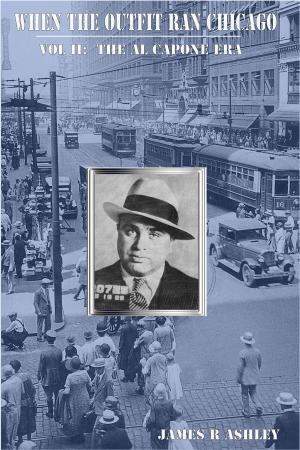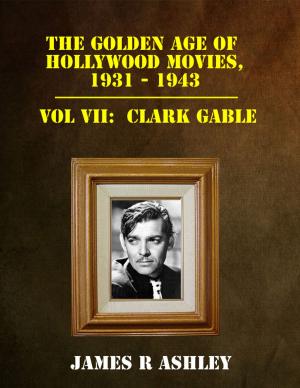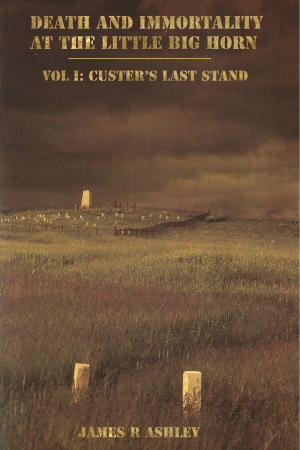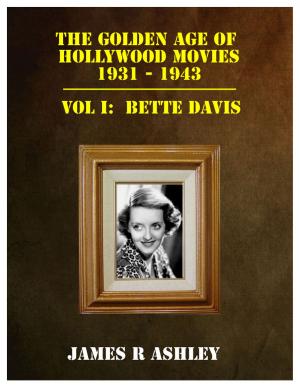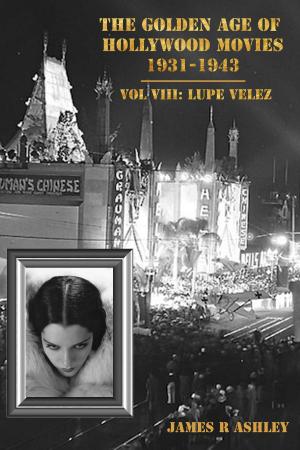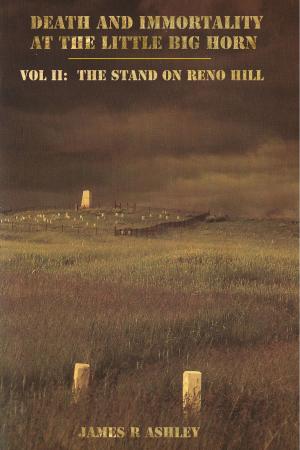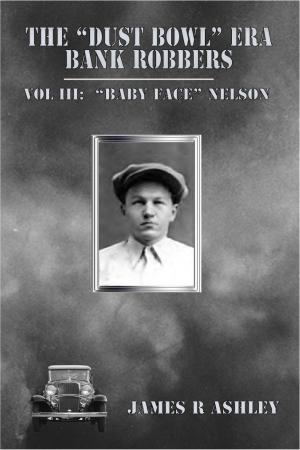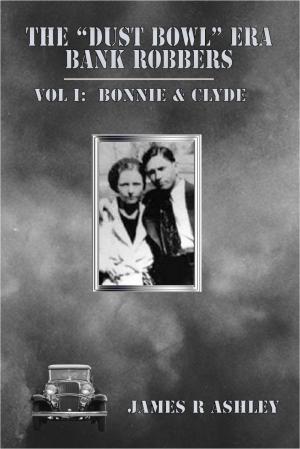| Author: | James R Ashley | ISBN: | 9781301989584 |
| Publisher: | James R Ashley | Publication: | August 19, 2013 |
| Imprint: | Smashwords Edition | Language: | English |
| Author: | James R Ashley |
| ISBN: | 9781301989584 |
| Publisher: | James R Ashley |
| Publication: | August 19, 2013 |
| Imprint: | Smashwords Edition |
| Language: | English |
Humphrey Bogart is regarded by the American Film Institute as the greatest actor in movie making history. This is not because he was the handsomest actor, because he clearly wasn’t; almost every top actor of his age had a better looking face than him. As his studio boss Jack Warner once said when he intentionally left the “change in appearance” clause out of Bogart’s contract, “there was nothing that could be done to your face that could hurt it a bit.” Bogart did not have the physique to be a leading man, being so short that in order to not be dominated by the height of some of his leading ladies he had to wear 3” lifters on his shoes. His chest and shoulders were also unacceptable for a heartthrob and his upper body clothing had to be frequently padded to give him a look better than he was born with. His spoke in a noticeable lisp, could not sing a note, and had no dancing ability. At the beginning of his career, when most actors were zooming up to stardom, Bogart was stereotyped at first as a prissy rich boy, then as a vicious gangster.
Whereas other actors got to pick and choose the movies they would appear in, their directors, and fellow actors, Bogart got the cast-off movies no one else wanted and had no say over anything. He acted in every film he was told to be in, whether he liked it or not. Anyone looking at his so-called career at the time would have considered him a washout, and his boss at Warner Brothers, Jack Warner, thought of him as strictly a B-actor. And yet, despite all this, he achieved greatness and immortality on the silver screen.
Just before she died, Bette Davis, Bogart’s counterpart in greatness on the female side, ordered the epitaph on her tombstone to be, “she did it the hard way.” This exactly describes Bogart’s success. Errol Flynn zoomed to stardom in his first big Warner Brothers film and Clark Gable became a leading man almost from the “git-go.” They both had a screen presence audiences of their day found irresistible. Bogart started out with no such advantage but on the contrary had a lot of obstacles along the way to overcome. And his remarkable success was that he overcame them all, one at a time, step by step. And although he was middle-age when he achieved movie stardom, he had completely mastered the craft of dramatic acting in a way actors like Errol Flynn and Clark Gable never did and never could. Whereas they were limited to being handsome lady-killer rogues, with their fans wanting to see them as nothing else, Bogart played the full spectrum of movie roles, from comedy to intense drama and always gave an outstanding performance and never failed to surprise his fans with his versatility. When flipping through the television channels whenever I come across a Bogart movie I always watch it, no matter how many times I’ve seen it before. I watch his every gesture, his every voice inflection, his every mannerism, in the knowledge that I am watching a master craftsman at work. And whether he played a gangster, outlaw, crazy-man, drunkard, or loner, one cannot help to be mesmerized with his screen presence and performance. And that was his greatness and his legacy.
Humphrey Bogart is regarded by the American Film Institute as the greatest actor in movie making history. This is not because he was the handsomest actor, because he clearly wasn’t; almost every top actor of his age had a better looking face than him. As his studio boss Jack Warner once said when he intentionally left the “change in appearance” clause out of Bogart’s contract, “there was nothing that could be done to your face that could hurt it a bit.” Bogart did not have the physique to be a leading man, being so short that in order to not be dominated by the height of some of his leading ladies he had to wear 3” lifters on his shoes. His chest and shoulders were also unacceptable for a heartthrob and his upper body clothing had to be frequently padded to give him a look better than he was born with. His spoke in a noticeable lisp, could not sing a note, and had no dancing ability. At the beginning of his career, when most actors were zooming up to stardom, Bogart was stereotyped at first as a prissy rich boy, then as a vicious gangster.
Whereas other actors got to pick and choose the movies they would appear in, their directors, and fellow actors, Bogart got the cast-off movies no one else wanted and had no say over anything. He acted in every film he was told to be in, whether he liked it or not. Anyone looking at his so-called career at the time would have considered him a washout, and his boss at Warner Brothers, Jack Warner, thought of him as strictly a B-actor. And yet, despite all this, he achieved greatness and immortality on the silver screen.
Just before she died, Bette Davis, Bogart’s counterpart in greatness on the female side, ordered the epitaph on her tombstone to be, “she did it the hard way.” This exactly describes Bogart’s success. Errol Flynn zoomed to stardom in his first big Warner Brothers film and Clark Gable became a leading man almost from the “git-go.” They both had a screen presence audiences of their day found irresistible. Bogart started out with no such advantage but on the contrary had a lot of obstacles along the way to overcome. And his remarkable success was that he overcame them all, one at a time, step by step. And although he was middle-age when he achieved movie stardom, he had completely mastered the craft of dramatic acting in a way actors like Errol Flynn and Clark Gable never did and never could. Whereas they were limited to being handsome lady-killer rogues, with their fans wanting to see them as nothing else, Bogart played the full spectrum of movie roles, from comedy to intense drama and always gave an outstanding performance and never failed to surprise his fans with his versatility. When flipping through the television channels whenever I come across a Bogart movie I always watch it, no matter how many times I’ve seen it before. I watch his every gesture, his every voice inflection, his every mannerism, in the knowledge that I am watching a master craftsman at work. And whether he played a gangster, outlaw, crazy-man, drunkard, or loner, one cannot help to be mesmerized with his screen presence and performance. And that was his greatness and his legacy.




